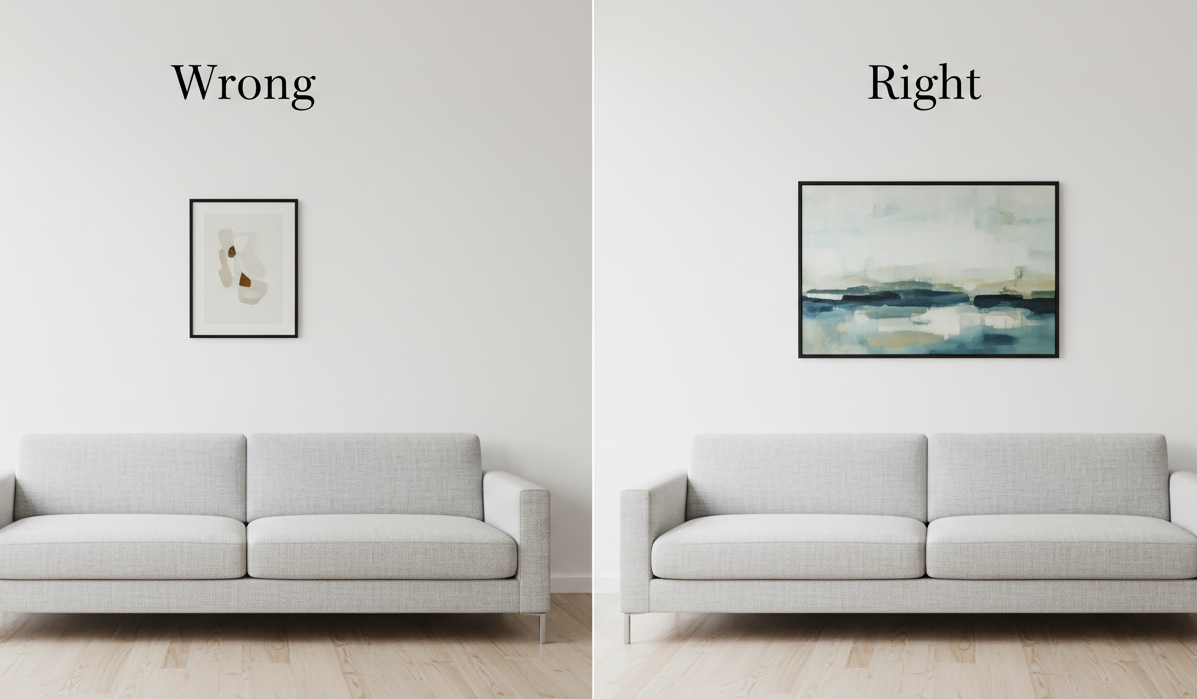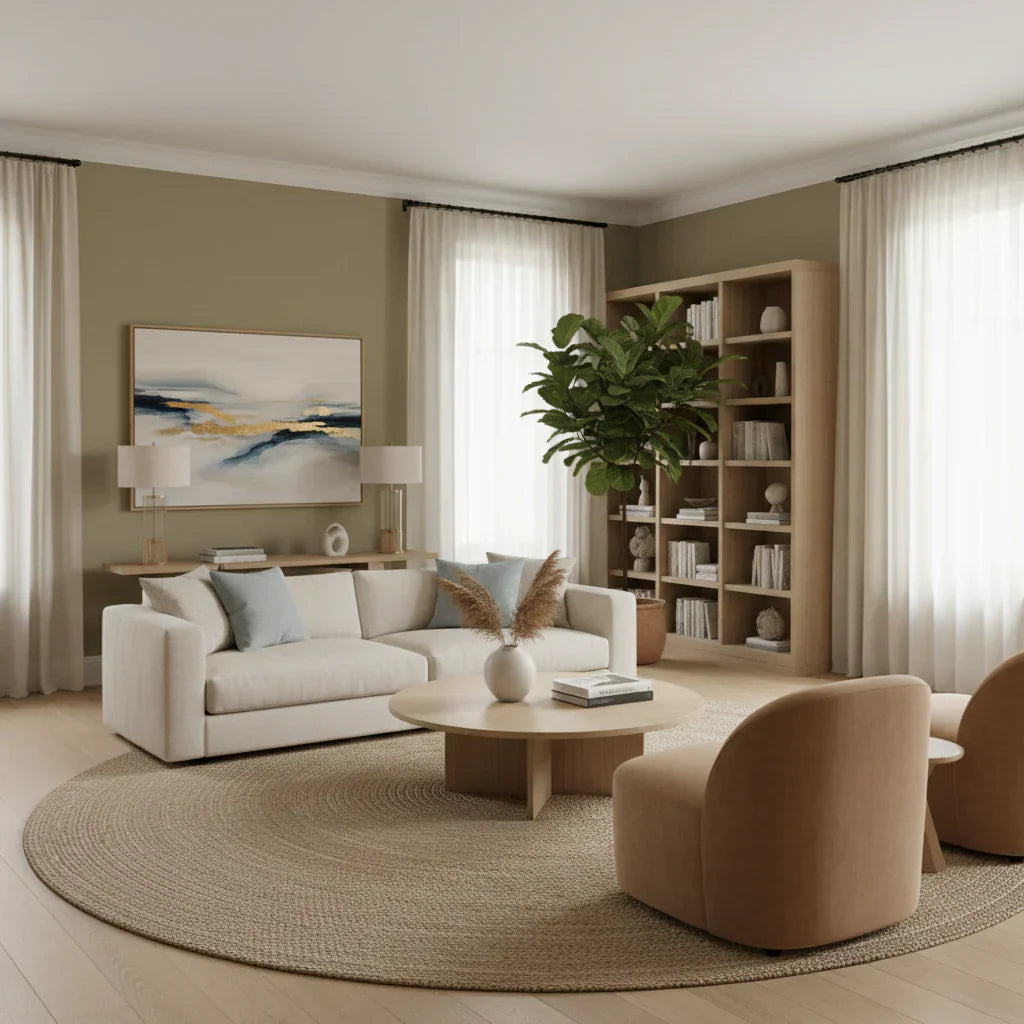How to Build a Showroom That Sells Products Without Saying a Word
Understanding Silent Selling: The Psychology of Wordless Persuasion
Silent selling—the art of creating an environment that naturally guides customers towards purchase decisions—has become a key part of selling for retailers. This comprehensive guide explores how to create showrooms that sell through design, merchandising, and immersive experiences. It encompasses everything from design, merchandising, visual display, and signage that subconsciously encourages customers to purchase products. It triggers emotional connections that transform browsers into buyers.

The Power of Non-Verbal Communication
Communication can shift from verbal to visual by leveraging a showroom design that communicates the brand values, product quality, and intended lifestyle. A good showroom communicates through design the product qualities, like natural, artisanal, through their setting. This allows customers to personally experience the products at their own pace, developing stronger intent and greater satisfaction with their decisions.

Designing the physical space: Layout, Flow, and Accessibility
The foundation of effective selling begins with an intelligent spatial design. Guiding the way customers move through the showroom significantly can impact their purchasing behavior and experience.

Strategic Traffic Flow
Map the entire customer journey from entry to exit. This ensures every moment is designed to deliver the intended impact, exposure, and engagement opportunities. Effective showrooms guide visitors naturally through the space using visual clues, lighting, and subtle directional elements. The flow should feel intuitive, and allow customers to discover products in a sequence that builds interest and desire.

Creating Zones of Interest
Breaking your showroom into different but connected spaces helps visitors organize the space while maintaining curiosity. Each zone should tell your product’s story while building the narrative. For example, Silen's London showroom effectively showcases different privacy solutions by creating distinct areas for various workplace scenarios, allowing visitors to experience how products function in realistic settings rather than simply viewing them as isolated items.

Unintimidating environment
A successful showroom feels welcoming, not salesy. Customers should feel free to browse without pressure, creating an environment that builds curiosity and the desire to explore. The key is to make customers feel in control of their decisions, when they feel they made the choice themselves they’re more likely to convert. Consider using multiple pathways, comfortable browsing spaces and clear likes to make the navigation more intuitive. Also remove physical barriers to allow customers to engage deeply with the product.

Visual Merchandising Strategies That Trigger Purchase Decisions
The setting products are displayed greatly influences the perceived value of them, making sales easier of even not necessary at all.

Attractive merchandising
Tailored displays to appeal to your different buyer. Tell cohesive stories through the display rather than simply grouping similar products. This narrative approach helps customers visualize how items might fit into their lives, significantly increasing purchase likelihood.

Smart Product Pairing & Cross-Selling
The way you arrange products in your showroom can naturally guide customers toward buying more. Instead of displaying items in isolation, group related products to tell a story. This makes shopping feel effortless and encourages multiple purchases. For example, instead of just showcasing a high-end blender, set up a display with smoothie recipe books, reusable cups, and premium ingredients. This turns a single product into a full lifestyle solution, increasing both perceived value and total sales.

Balancing Consistency with Variety
A great showroom feels cohesive but never repetitive. While maintaining a clear brand identity, offer enough variety to appeal to different tastes and needs. Featuring unique or limited-edition pieces can also create a sense of urgency—when customers believe an item might not be available later, they’re more likely to buy on the spot. This strategy works especially well in showrooms with artisanal or exclusive products. An art gallery displaying works from 100+ artists, for example, keeps things fresh while ensuring there’s something for everyone.

Engaging More Than Just the Eyes
Great showrooms don’t just look good—they create an experience. Engaging multiple senses makes the space more immersive and memorable.

The Role of Lighting & Color
Lighting shapes how products are perceived. A mix of ambient, accent, and task lighting creates the right mood while ensuring customers can properly see details. Color also plays a big role—certain hues can guide attention, influence emotions, and reinforce your brand identity.

The Power of Sound
Background music isn’t just filler—it affects how customers feel and move through the space. A relaxed, inviting playlist can encourage longer browsing, while an upbeat tempo can create energy and excitement. Some showrooms even use sound to highlight product benefits. For example, Silen’s office pods let customers experience their acoustic properties firsthand—a powerful way to sell without saying a word.

Encouraging Customers to Touch & Interact
People are far more likely to buy something if they can physically engage with it. That’s why the best showrooms are designed for hands-on interaction. Instead of displaying everything behind glass, make sure key products are accessible. Textured fabrics, sample materials, and interactive displays help build confidence in quality and functionality. Even something as simple as a “please touch” sign can subtly encourage engagement.

Scent & Emotional Connection
Smell is one of the strongest memory triggers. The right scent can instantly make a space feel more inviting and even influence purchasing behavior. For a home goods store, the aroma of fresh-baked cookies can evoke warmth and nostalgia. A furniture showroom might use a subtle leather scent to reinforce luxury. Small details like these make a big difference in shaping how customers feel about your products.

Blending Digital & Physical Shopping
Technology can enhance silent selling without making the experience feel overly sales-driven.

Interactive Displays & QR Codes
Touchscreen kiosks or QR codes near displays let customers explore product details, read reviews, or watch demo videos—all without needing a salesperson. This keeps the showroom experience seamless while still providing the information shoppers need.
Augmented Reality for Visualization
Some showrooms now offer AR tools that let customers see how products would look in their own space. This is especially useful for furniture, home décor, and architectural elements, where scale and fit matter.
Selling Through Signage & Displays
Since silent selling relies on the showroom itself to do the work, signage plays a key role in providing information without overwhelming customers.
Making Signage Work
Good signage is simple, informative, and placed where customers naturally look. It should answer common questions—like price, features, or how something works—before they even have to ask.
Storytelling Through Design
Every element in your showroom should reinforce your brand story. From the choice of materials to the style of product displays, consistency builds trust and makes the shopping experience feel intentional. Silen’s showroom, for example, communicates innovation and workplace well-being through its clean, modern layout and interactive elements.
How to Measure Silent Selling Success
To see if your showroom strategy is working, track more than just sales numbers.
Key Metrics to Watch
Foot traffic & dwell time – Where do customers spend the most time? Cross-selling effectiveness – Are customers buying complementary products? Engagement with displays – Do people stop to touch, test, or scan QR codes?
Collecting Customer Insights
Even in a showroom designed for silent selling, feedback is essential. Simple QR-code surveys or quick rating systems can reveal what’s working and what needs improvement—without disrupting the customer experience.
Final Thoughts
A showroom that sells without saying a word isn’t just about beautiful design—it’s about creating an environment that feels natural, engaging, and inspiring. By combining smart product grouping, sensory engagement, digital tools, and strategic storytelling, retailers can build spaces where customers feel empowered to make purchasing decisions on their own. In today’s world, where shoppers increasingly prefer self-guided experiences, mastering silent selling is more than a strategy—it’s a competitive advantage.
```






